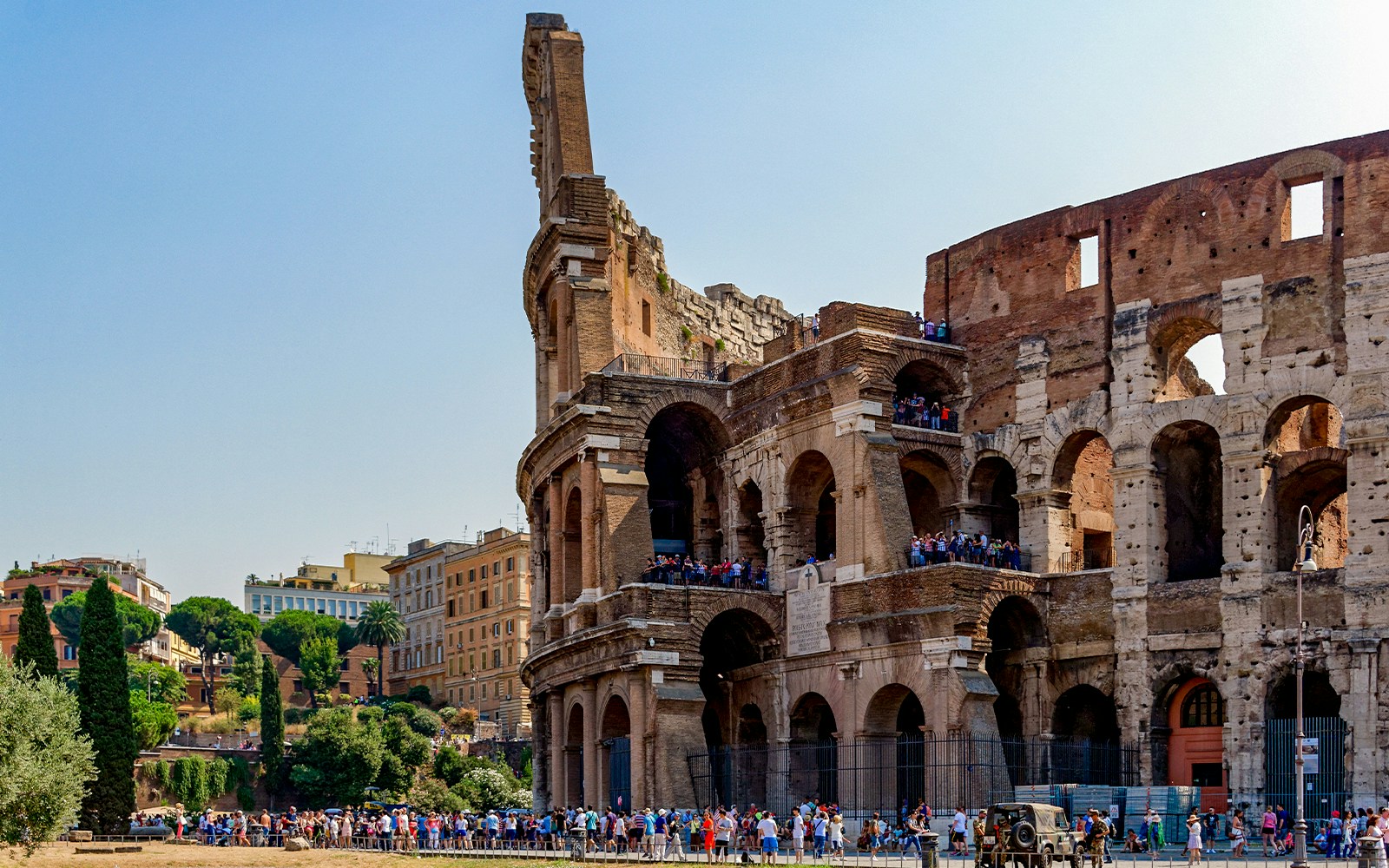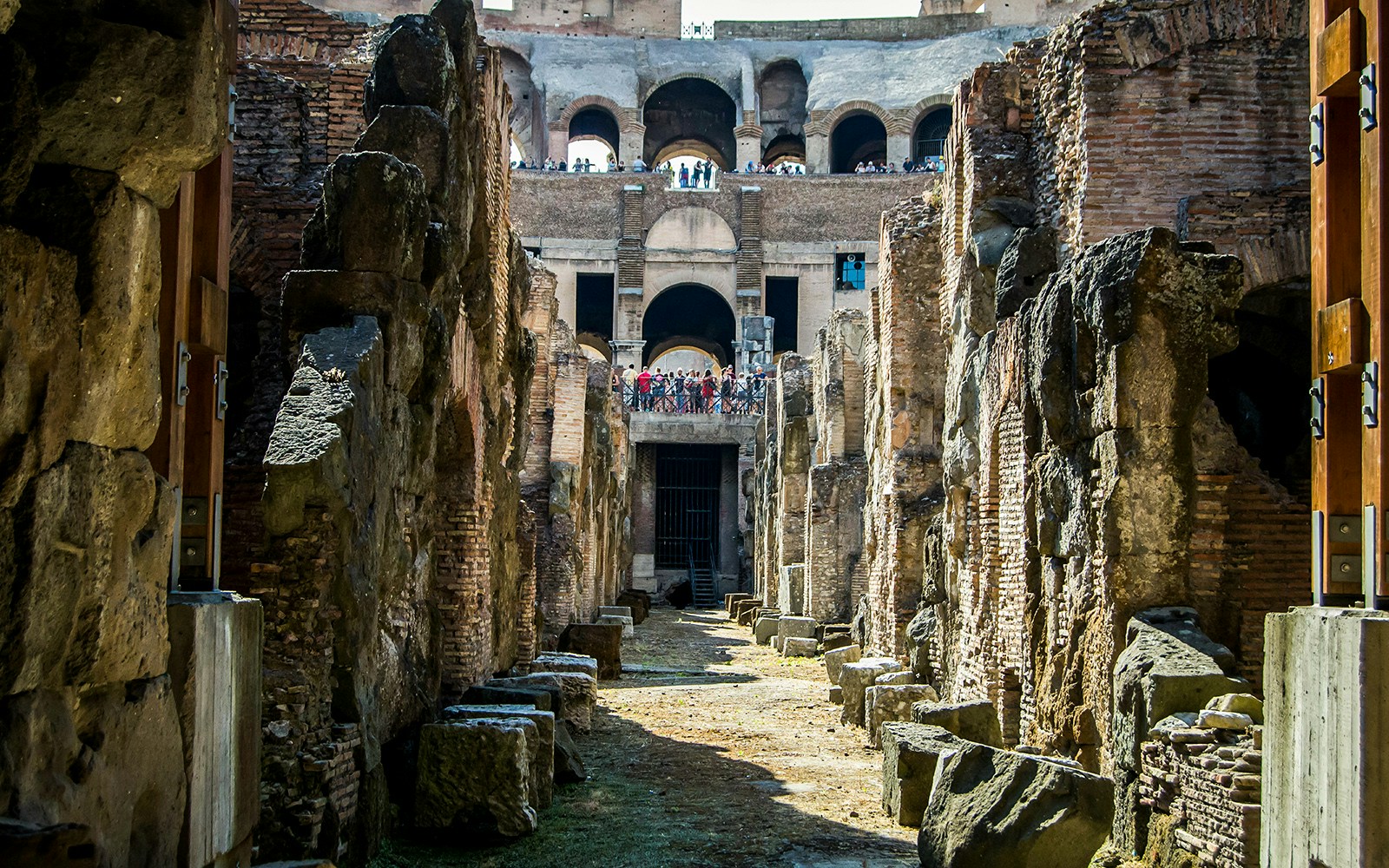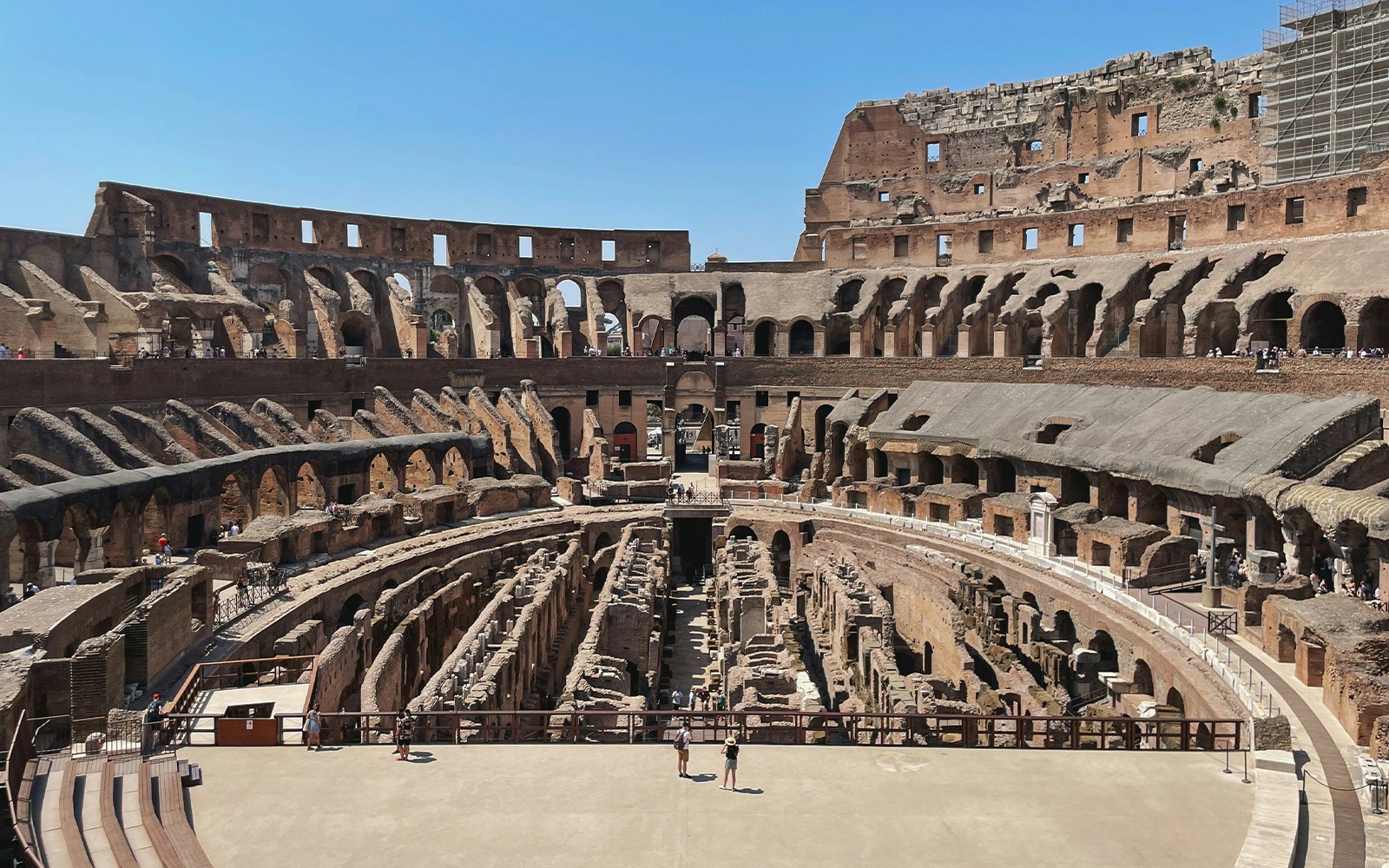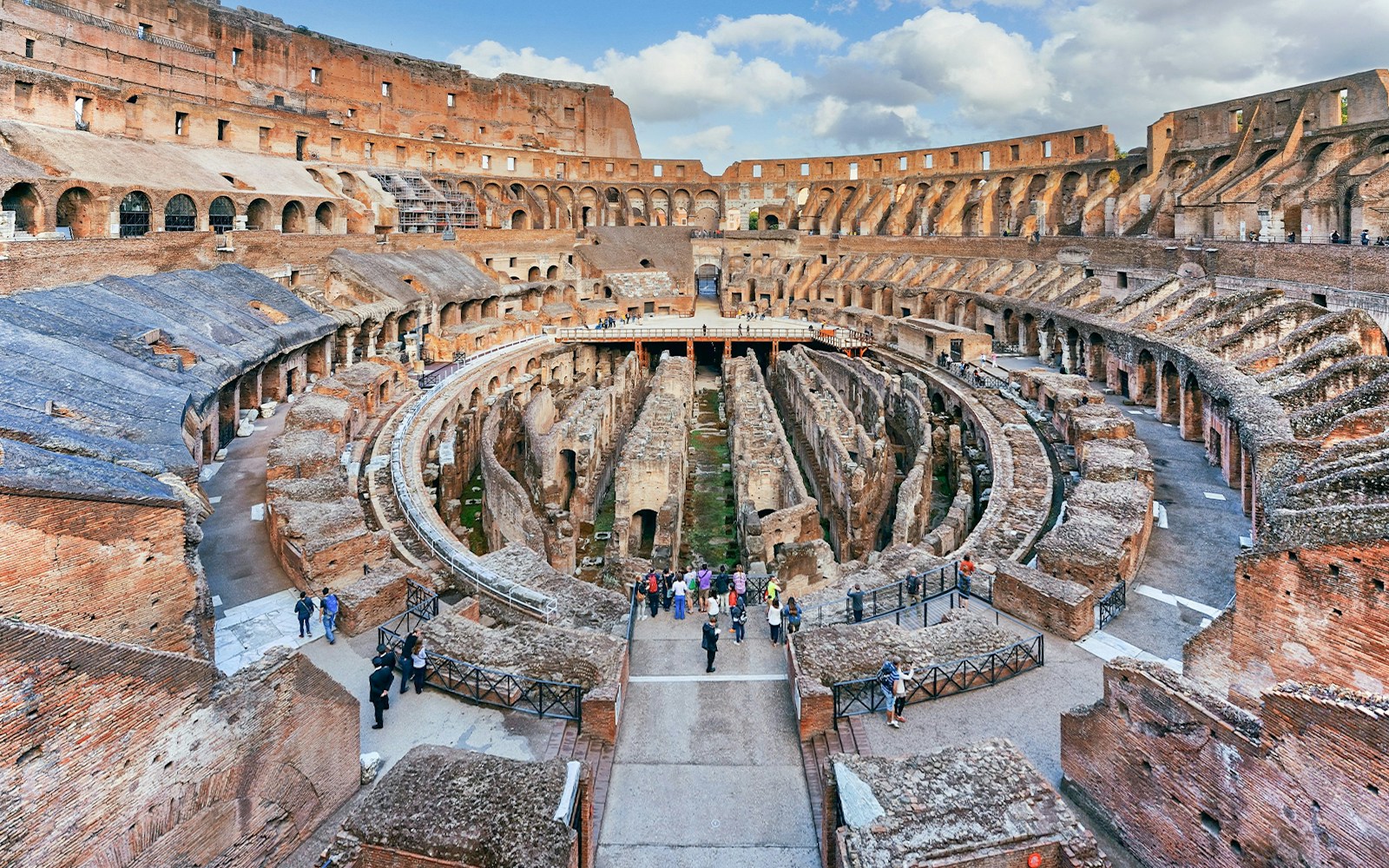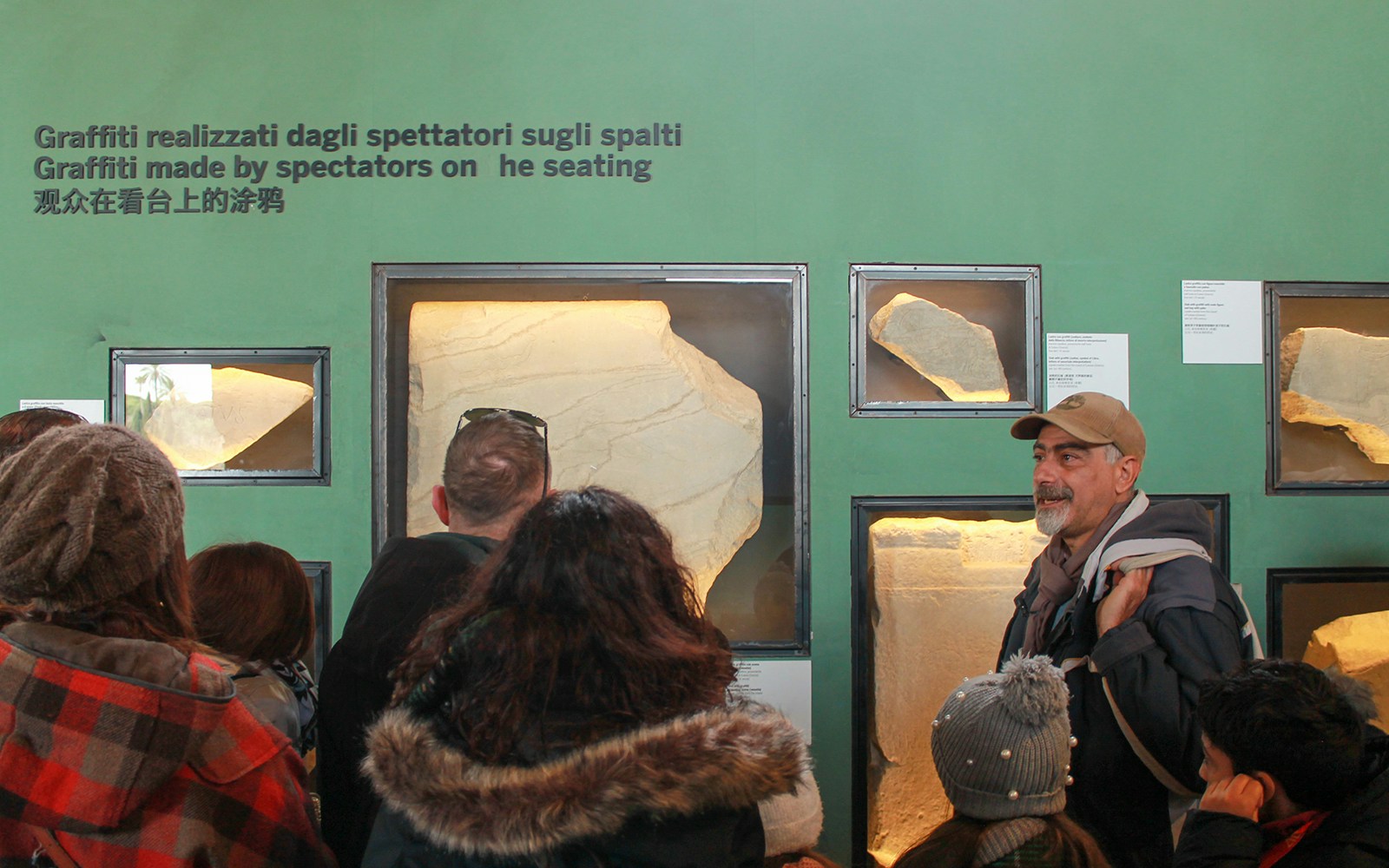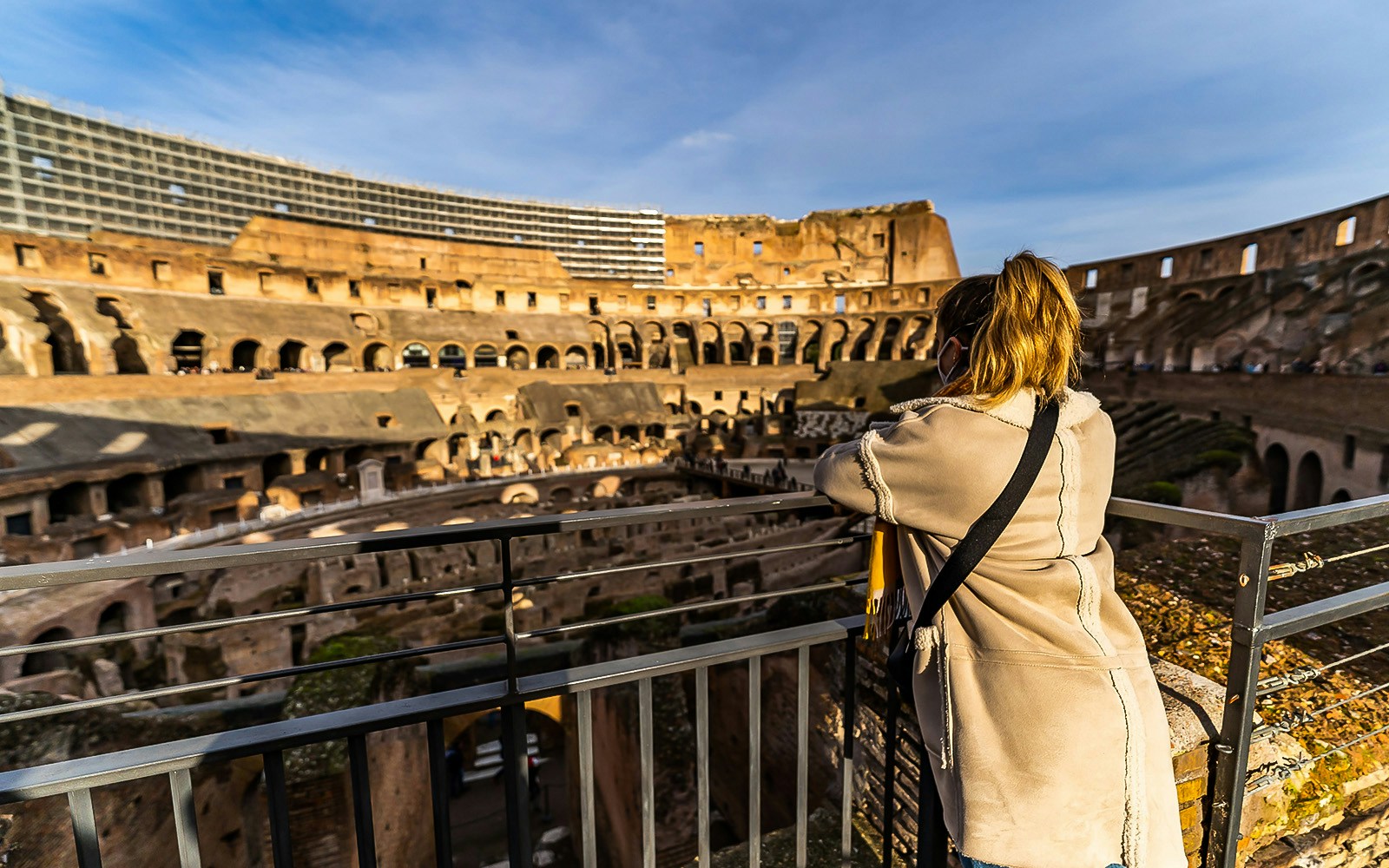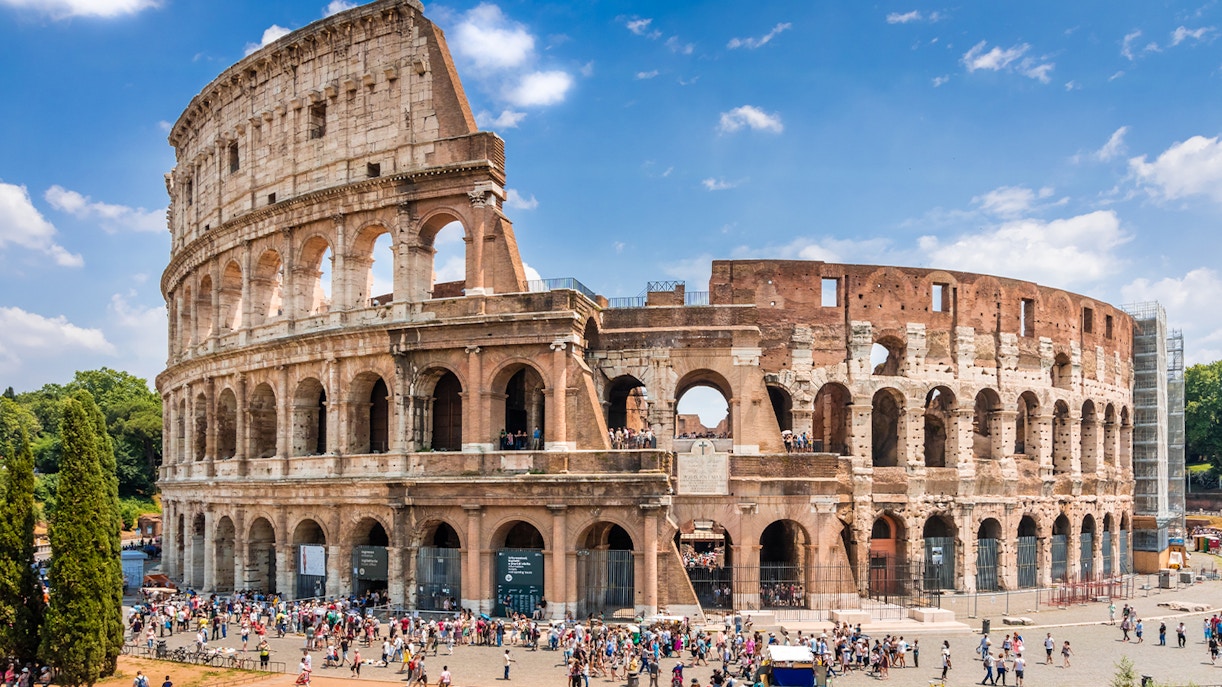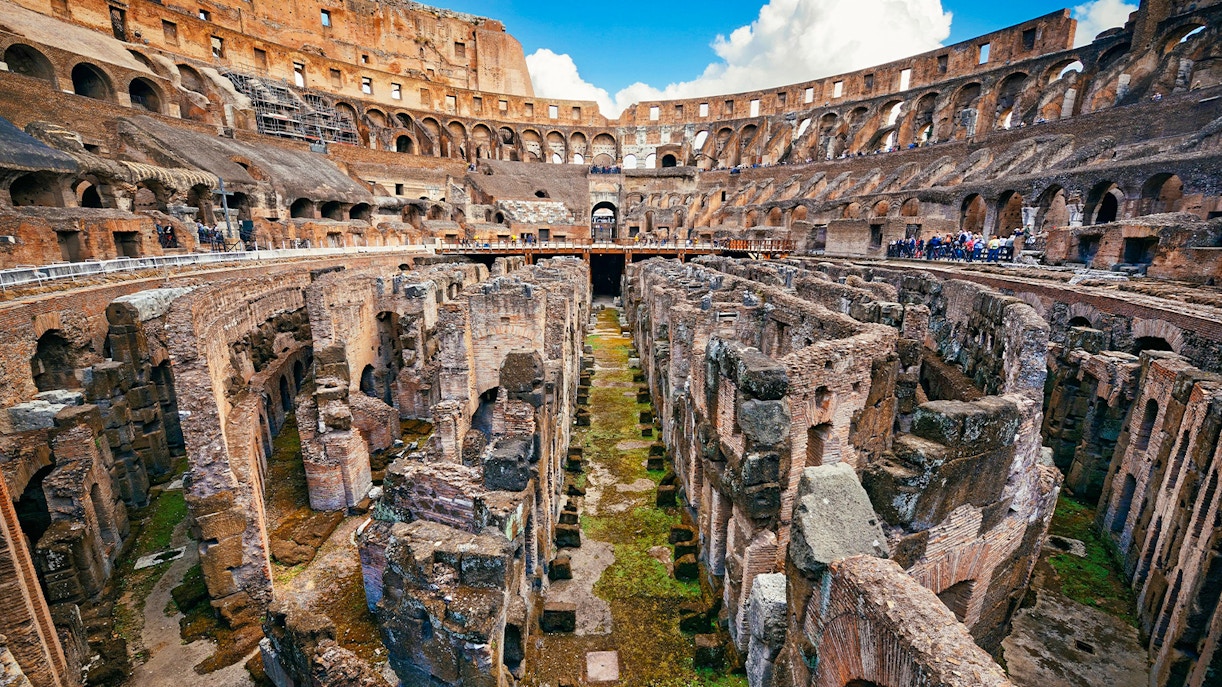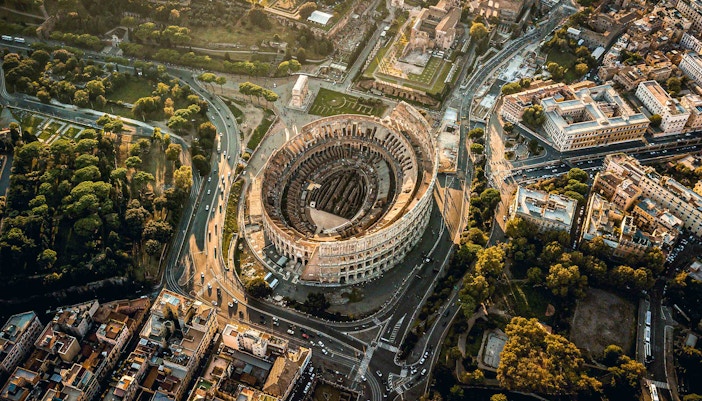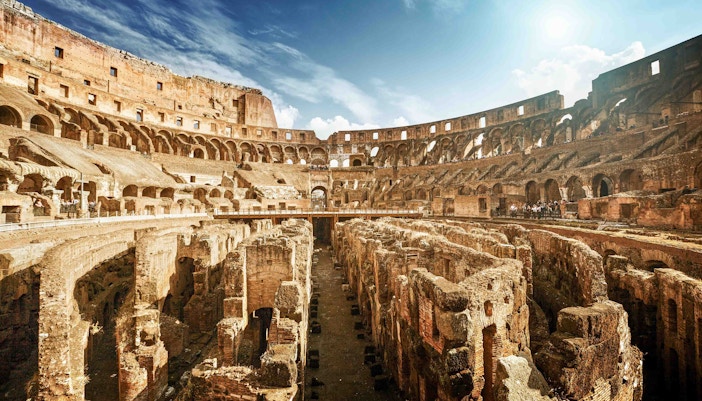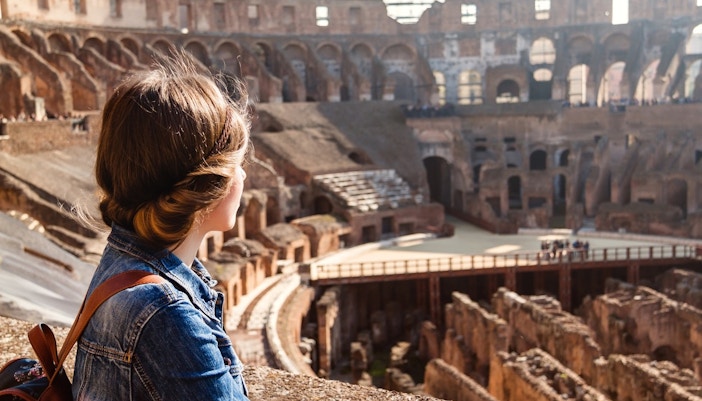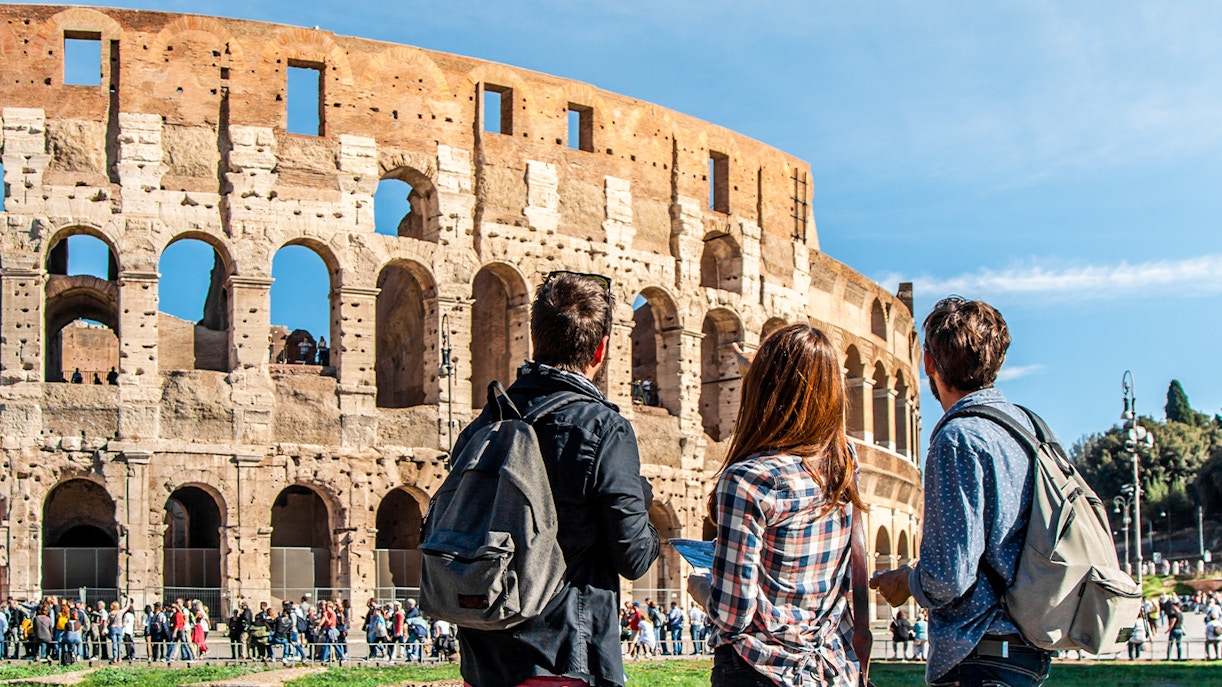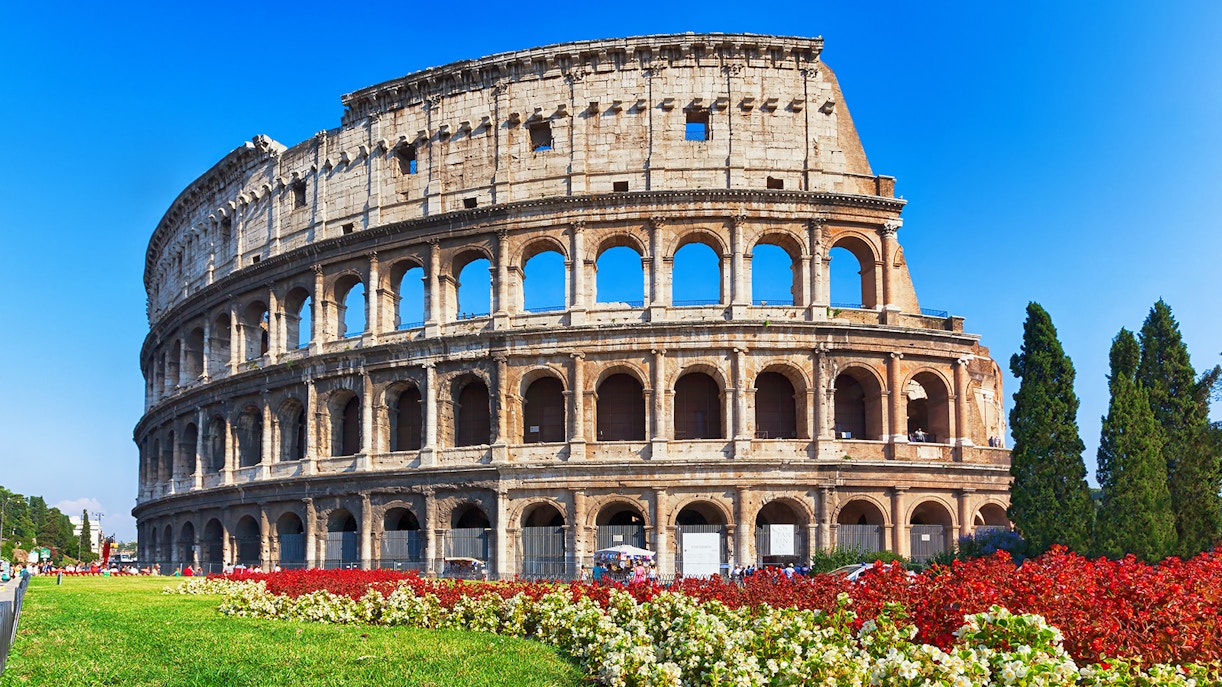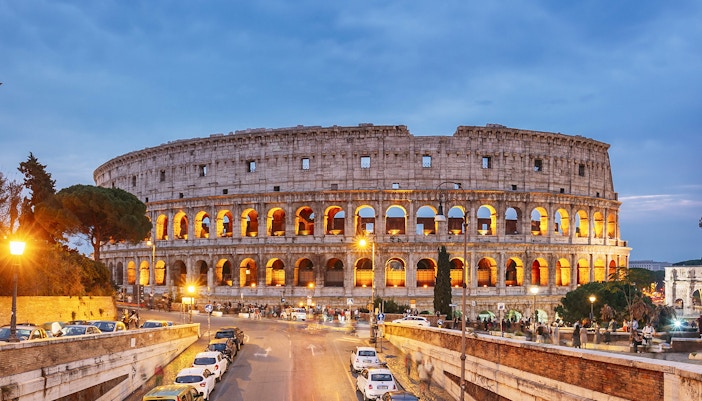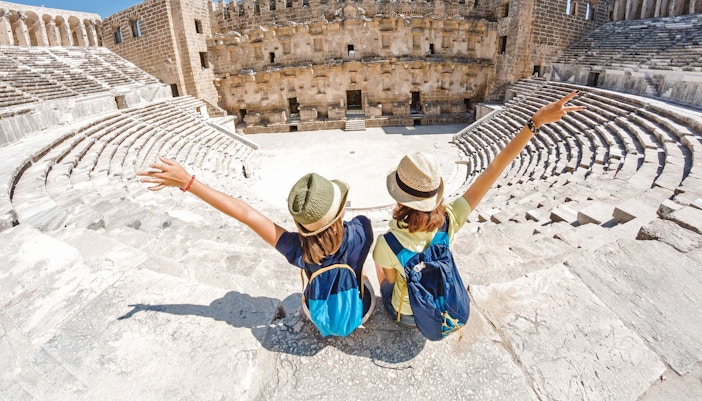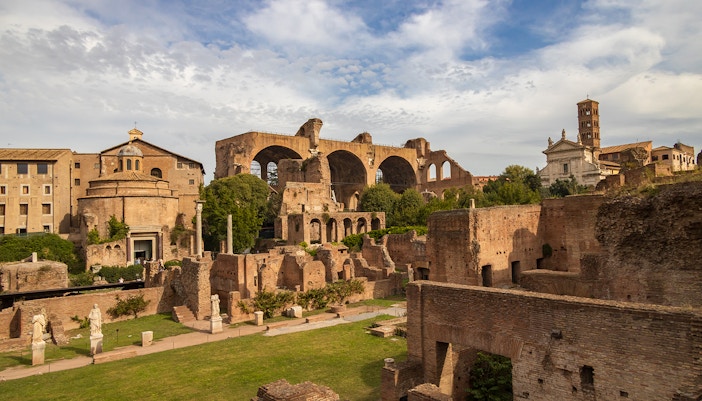The Colosseum, also known as the Flavian Amphitheatre, was built by the emperors of the Flavian dynasty. Construction began under Emperor Vespasian in around 70-72 AD and was completed in 80 AD by his son, Emperor Titus.
Further modifications were then made under Domitian, Titus's brother and successor. These three emperors, Vespasian, Titus, and Domitian, ruled from 69 AD to 96 AD, and their collective efforts contributed to the creation of the Colosseum, which remains one of the most iconic symbols of Ancient Roman engineering and architectural prowess. The Colosseum was financed through the spoils and wealth acquired from the Roman conquest of Jerusalem during the First Jewish-Roman War (66-73 AD).
